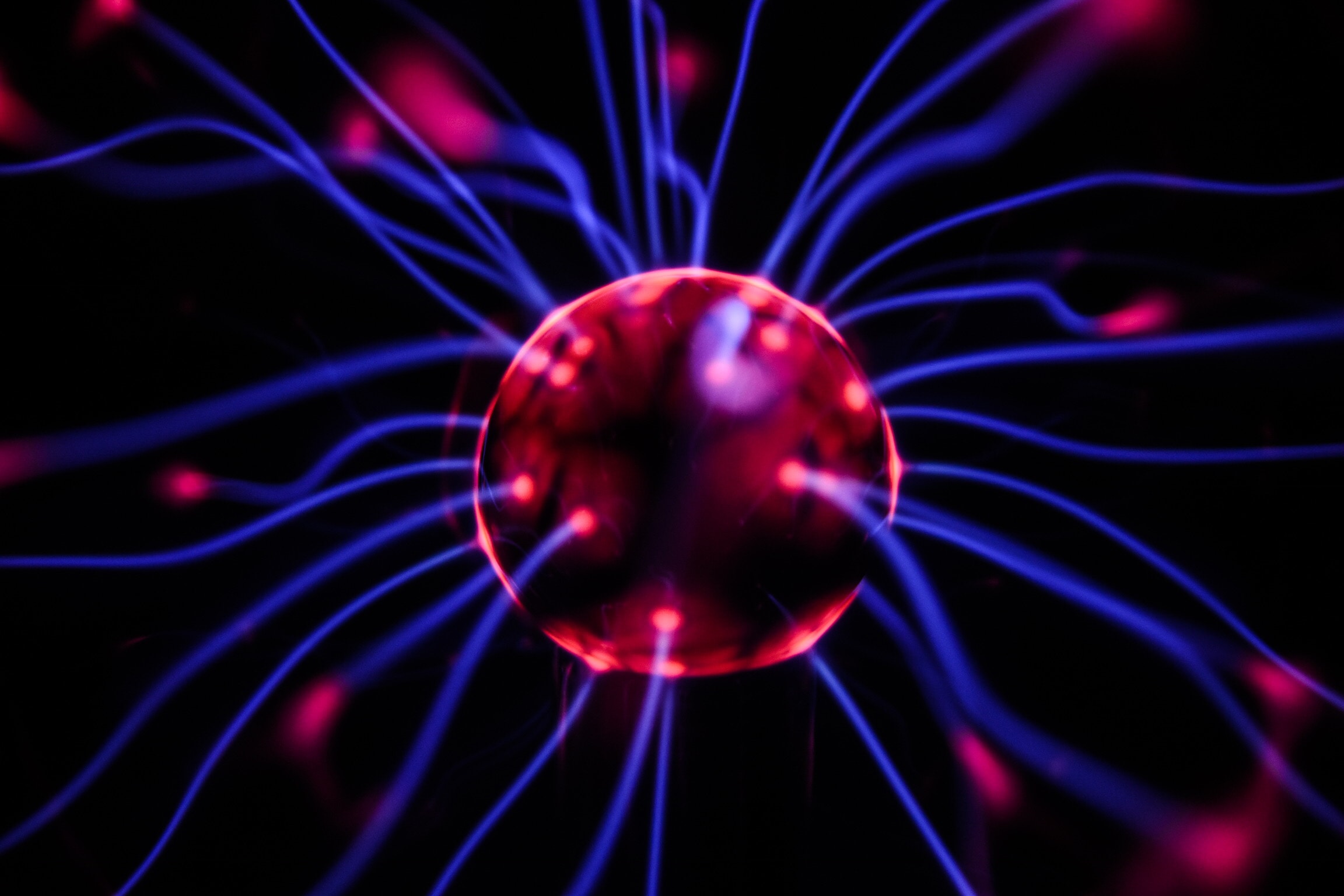Research on this topic focuses primarily on the role of vision and visual perception in human performance. The fundamental aim of this work is to identify the cognitive processes and neurological mechanisms underlying various visual tasks. Studies involving neurologically healthy volunteers examine issues such as face recognition and identification, eyewitness testimony, person detection, emotion processing, episodic memory, and pattern and motion recognition.
This research also examines a range of psychological disorders, including unilateral visual neglect, addiction, dementia, and persistent vegetative state. Researchers are interested in examining the cognitive nature of these disorders, including assessing attentional biases, visual experiences and neurological activity. Much of this work also has an applied motivation, for example using transcranial direct current stimulation to alleviate deficits in neurological patients.
Recent publications
Bergström, Z. M., Anderson, M. C., Buda, M., Simons, J. S. & Richardson-Klavehn, A. (2013). Intentional retrieval suppression can conceal guilty knowledge in ERP memory detection tests. Biological Psychology, 94, 1-11.
Bergström, Z. M., Henson, R. N., Taylor, J. T. & Simons, J. S. (2013). Multimodal imaging reveals the spatiotemporal dynamics of recollection. Neuroimage, 68, 141-153.
Brooks, J. (2012). Counterbalancing for serial order carryover effects in experimental condition orders. Psychological Methods, 17(4), 600-614.
Cane, J. E., Cauchard, F., & Weger, U. W. (2012). The time-course of recovery from interruption during reading: Eye movement evidence for the role of interruption lag and spatial memory. The Quarterly Journal of Experimental Psychology, 65(7), 1397–1413. doi:10.1080/17470218.2012.656666
Cauchard, F., Cane, J. E., & Weger, U. W. (2012). Influence of Background Speech and Music in Interrupted Reading: An Eye-Tracking Study: Influence of interruption, speech and music. Applied Cognitive Psychology, 2(3), 381–390. doi:10.1002/acp.1837
Brooks, J. L. & Palmer, S. E. (2011). Cue competition affects temporal dynamics of edge-assignment in human visual cortex. Journal of Cognitive Neuroscience, 23 (3). 631-44.
Bindemann, M., Scheepers, C., Ferguson, H.J., & Burton, A.M. (2010). Face, body and centre of gravity mediate person detection in natural scenes. Journal of Experimental Psychology: Human Perception & Performance, 36, 1477-1485.
Bindemann, M., Avetisyan, M., Blackwell, K. (2010). Finding needles in haystacks: Identity mismatch frequency and facial identity verification. Journal of Experimental Psychology: Applied, 16,378-386.
Brooks, J. L. & Driver, J. (2010). Grouping puts figure-ground assignment in context by constraining propagation of edge assignment. Attention, Perception & Psychophysics, 72 (4), 1053-1069.
Sharma D., Booth R. Huguet P., & Brown R. (2010). The temporal dynamics of social facilitation in the Stroop task. Psychonomic Bulletin & Review, 17, 52-58.
Sharma D. & Money S. (2010). Carryover effects to addiction-associated stimuli in a group of marijuana and cocaine users. Journal of Psychopharmacology, 24, 1309-1316.
Cane, J.E., Sharma, D. & Albery, I. (2009). The Addiction Stroop Task: Examining the fast and slow effects of smoking and marijuana related-cues. Journal of Psychopharmacology, 23(5), 510-519.
Johnston, R.A. and Edmonds, A.J. (2009). Familiar and unfamiliar face recognition: A review. Memory, 17 (5). pp. 577-596.
Johnston, R.A., Tomlinson, E., Jones, C. et al. (2009). Face classification in schizophrenia: Evidence for a sensitivity to distinctiveness. Perception, 38, 702-707.
Wilkinson, D., Ko, P., Wiriadjaja, A., et al. (2009) Unilateral damage to the right cerebral hemisphere disrupts the apprehension of whole faces and their component parts. Neuropsychologia, 47, 1701-1711.
